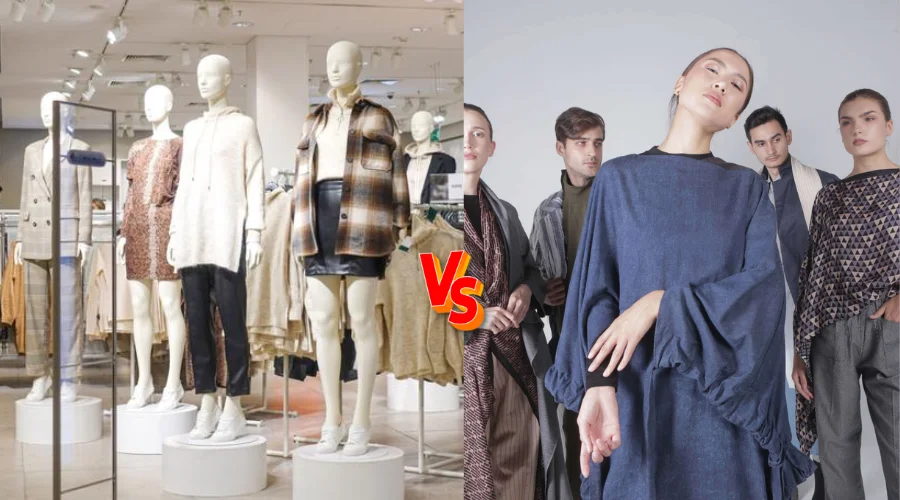Fast Fashion vs Sustainable Fashion: Which One Is Right for You in 2025?
The fashion industry is at a pivotal moment, grappling with the divide between two opposing paradigms: fast fashion and sustainable fashion. As consumers grow increasingly aware of the environmental and ethical implications of their choices, the debate surrounding fast fashion vs sustainable fashion has gained prominence. This blog explores the key differences, compares them across major factors, and guides you toward making informed decisions.
Fast fashion is characterized by its rapid production cycles and affordability, allowing consumers to access trendy styles at a low cost. However, this convenience comes at a significant environmental and ethical price. On the other hand, sustainable fashion champions mindful consumption, focusing on quality, ethical labor practices, and eco-friendly production methods. The question of fast fashion vs sustainable fashion is no longer just about style—it’s about values, priorities, and the future of our planet.
As we delve into this comparison, it’s important to recognize that both approaches have their merits and drawbacks. Understanding these nuances will help you make choices that align with your personal values while also considering the broader impact on society and the environment.




